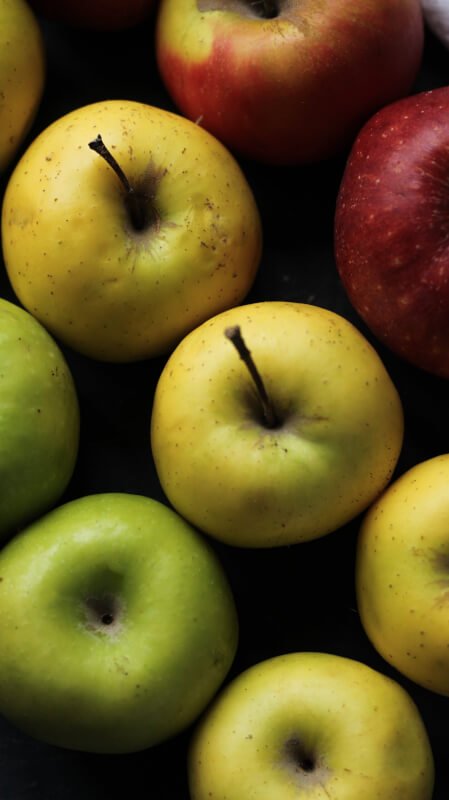Have you ever found yourself with an abundance of fresh produce from your garden and wondered what to do with it all? Don’t worry, we’ve got you covered. In this article, we will explore creative and delicious ways to make use of your excess garden produce, ensuring that none of it goes to waste. From flavorful salads to homemade salsa and even preserving techniques, you’ll discover a variety of options to transform your surplus fruits and vegetables into healthy and satisfying meals. So, roll up your sleeves and get ready to make the most of your bountiful harvest!
Canning and Preserving

Introduction to Canning and Preserving
Canning and preserving is a wonderful way to make the most of your excess garden produce. When you have a surplus of fruits and vegetables, canning allows you to enjoy your homegrown produce all year round. Not only does it help reduce food waste, but it also ensures that you have access to nutritious and delicious ingredients even when they’re out of season. In this article, we will explore the basic techniques of canning and preserving, tips for successful canning, and various recipes to help you get started.
Basic Canning Techniques
Before diving into the world of canning, it’s important to understand the basic techniques involved. Canning typically involves the process of sterilizing jars, preparing the produce, filling the jars, and processing them in a boiling water bath or pressure canner. The method you choose will depend on the type of produce you are canning. Water bath canning is suitable for high-acid foods like pickles and preserves, while pressure canning is necessary for low-acid foods like vegetables and meats. Familiarize yourself with the specific requirements for each method to ensure the safety and longevity of your canned goods.

Canning Fruits and Vegetables
Canning fruits and vegetables allows you to capture their peak freshness and flavor. Whether you have an abundance of tomatoes, peaches, or green beans, canning allows you to enjoy them throughout the year. For fruits, you can create delightful jams, jellies, and preserves that can be spread on toast or used in baking. Vegetables can be canned as whole, diced, or pureed, giving you the flexibility to use them in various dishes. When canning fruits and vegetables, be sure to follow proper techniques for each specific type to maintain their quality and safety.
Making Jams, Jellies, and Preserves
Making your own jams, jellies, and preserves is not only a great way to use up excess garden fruits but also an opportunity to experiment with flavors and create unique combinations. Whether you prefer classic strawberry jam, tangy raspberry jelly, or chunky peach preserves, the possibilities are endless. Making these sweet spreads involves cooking the fruit with sugar and pectin, which acts as a natural thickener. You can also add spices, herbs, or even a splash of alcohol to elevate the flavors. The end result is a delicious condiment that can be enjoyed on toast, crackers, or as a filling in pastries.

Pickling Garden Produce
Pickling is another fantastic way to preserve your surplus garden produce. It not only extends the shelf life of fruits and vegetables but also adds a delightful tangy flavor to them. From cucumbers and radishes to carrots and green beans, almost any vegetable can be pickled. The process involves immersing the produce in a pickling liquid made of vinegar, water, sugar, salt, and various spices. The vegetables soak in the brine, absorbing the flavors and developing a satisfying crunch. Pickled vegetables can be enjoyed as a side dish, added to sandwiches or salads, or used to create tasty relishes and chutneys.
Tips for Successful Canning and Preserving
To ensure successful canning and preserving, here are a few tips to keep in mind:
Start with fresh produce: Use only the freshest and highest-quality fruits and vegetables for canning and preserving. This will ensure that your end products are flavorful and free from spoilage.
Follow tested recipes: When it comes to canning, it’s important to use reliable and tested recipes to ensure the safety of your canned goods. Stay away from improvised recipes to avoid the risk of spoilage or botulism.
Properly sterilize jars: Before filling your jars, make sure they are thoroughly cleaned and sterilized. This can be done by boiling them in water or using a dishwasher with a sterilization cycle.
Leave appropriate headspace: When filling jars, be sure to leave the recommended amount of headspace as mentioned in the recipe. This allows for expansion during processing and helps create a vacuum seal.
Process jars correctly: Follow the recommended processing time and method for each type of food. Overprocessing may lead to a loss of quality, while underprocessing can result in spoilage.
Store in a cool, dark place: Once your jars are processed and sealed, store them in a cool, dark place away from direct sunlight. This will help maintain the quality and extend the shelf life of your canned goods.
By following these tips, you’ll be able to preserve your excess garden produce successfully and enjoy the fruits of your labor throughout the year. Canning and preserving not only allows you to reduce waste but also provides you with a pantry filled with homemade goodies that can be enjoyed for months to come.



